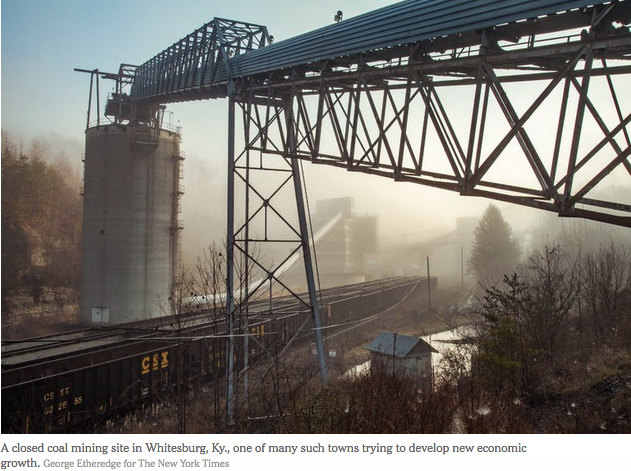The Trump administration is unflinching in its misbegotten campaign to protect the coal industry from what has become an obvious and inevitable decline. Eight months in, the administration has already killed, or is in the process of killing, rules that would prevent the dumping of coal mining wastes in streams, impose a temporary moratorium on new mine leases in the West, and reduce greenhouse gas emissions from coal-fired power plants — one of President Barack Obama’s most important efforts to resist climate change. All of this to prop up an industry whose workers would be best served not by false promises of new mining jobs, but by aggressive programs to retrain them for a changing economy.
The latest ritualistic bow from Scott Pruitt, the administrator of the Environmental Protection Agency who has presented himself as an industry savior, was to order last week a two-year postponement of the Obama administration’s tighter controls on lead, mercury, arsenic and other coal plant wastes that threaten human health. Delaying the rule’s effective date to November 2020, Mr. Pruitt said, merely “resets the clock.”
What it does, rather, is to try to twist the clock back to the day when coal was essentially a monopoly fuel, a day that practical-minded utility executives know is long gone. In fact, these executives are busily shutting down coal-fired plants in favor of more affordable energy sources like natural gas and wind and solar power.
“We’re not going to build any more coal plants; that’s not going to happen,” Chris Beam, head of Appalachian Power, West Virginia’s largest utility, bluntly told the state last April, despite President Trump’s phantasmagorical campaign promise to resurrect lost jobs for coal miners. No less candid, Lynn Good, the head of Duke Energy, America’s largest utility, defended the closing of 12 coal plants across five years, with more to come, in order to cut the company’s coal-fired energy output by a third: “Our strategy will continue to be to drive carbon out of our business.”




